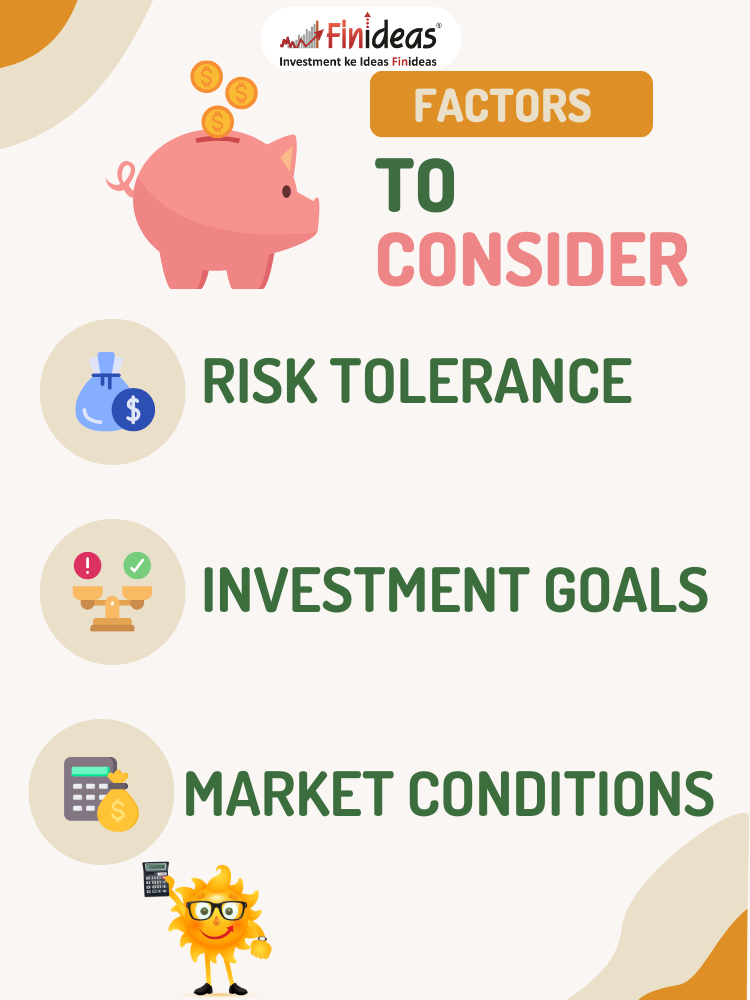Large Cap vs. Small Cap Stocks
Introduction:
The Indian stock market offers a myriad of investment opportunities, and understanding the distinctions between large cap and small cap stocks is crucial for investors. In this blog, we will explore the differences between these two types of stocks, their unique characteristics, and the factors investors should consider when making investment decisions.
Large Cap Stocks:
Large cap stocks are shares of well-established companies with a large market capitalization. These companies typically have a proven track record of stability and reliability. They are often leaders in their respective industries, boasting a significant market share and global recognition.
Investors are drawn to large cap stocks for their stability, consistent dividends, and lower volatility compared to smaller counterparts. Blue-chip companies like Tata Consultancy Services (TCS), Reliance Industries, and HDFC Bank fall under this category.
Small Cap Stocks:
On the other hand, small cap stocks represent shares of smaller companies with a lower market capitalization. These companies are often in the early stages of growth and may carry higher risks but offer the potential for substantial returns. Small caps can be more volatile and less liquid than their larger counterparts.
Investors interested in capitalizing on the growth potential of emerging companies often include small cap stocks in their portfolios. Examples of small cap stocks in the Indian market include Indiabulls Real Estate, Adani Green Energy, and Jubilant FoodWorks.


- Risk Tolerance: Assess your risk tolerance before investing in either large or small cap stocks. Small caps can be more volatile, making them suitable for investors with a higher risk appetite.
- Investment Goals: Align your investment goals with the characteristics of each stock category. Large caps are often associated with stability and dividends, while small caps may offer growth potential. If your goals align with a long-term perspective, you should consider investing in an index long-term strategy.
- Market Conditions: Consider prevailing market conditions when making investment decisions. Different market cycles can impact large and small cap stocks differently.
Now that we’ve delved into the world of large cap and small cap stocks, we want to hear from you! Do you prefer the stability of large cap stocks or the growth potential of small caps? Share your investment strategies and experiences in the comments below.
Conclusion:
In the dynamic Indian stock market, understanding the nuances of large cap and small cap stocks is vital for crafting a well-balanced investment portfolio. Whether you lean towards stability or growth, finding the right balance that aligns with your financial goals is key. Stay tuned for more insights into the exciting world of investing!
Happy Investing!
This article is for education purpose only. Kindly consult with your financial advisor before doing any kind of investment.

